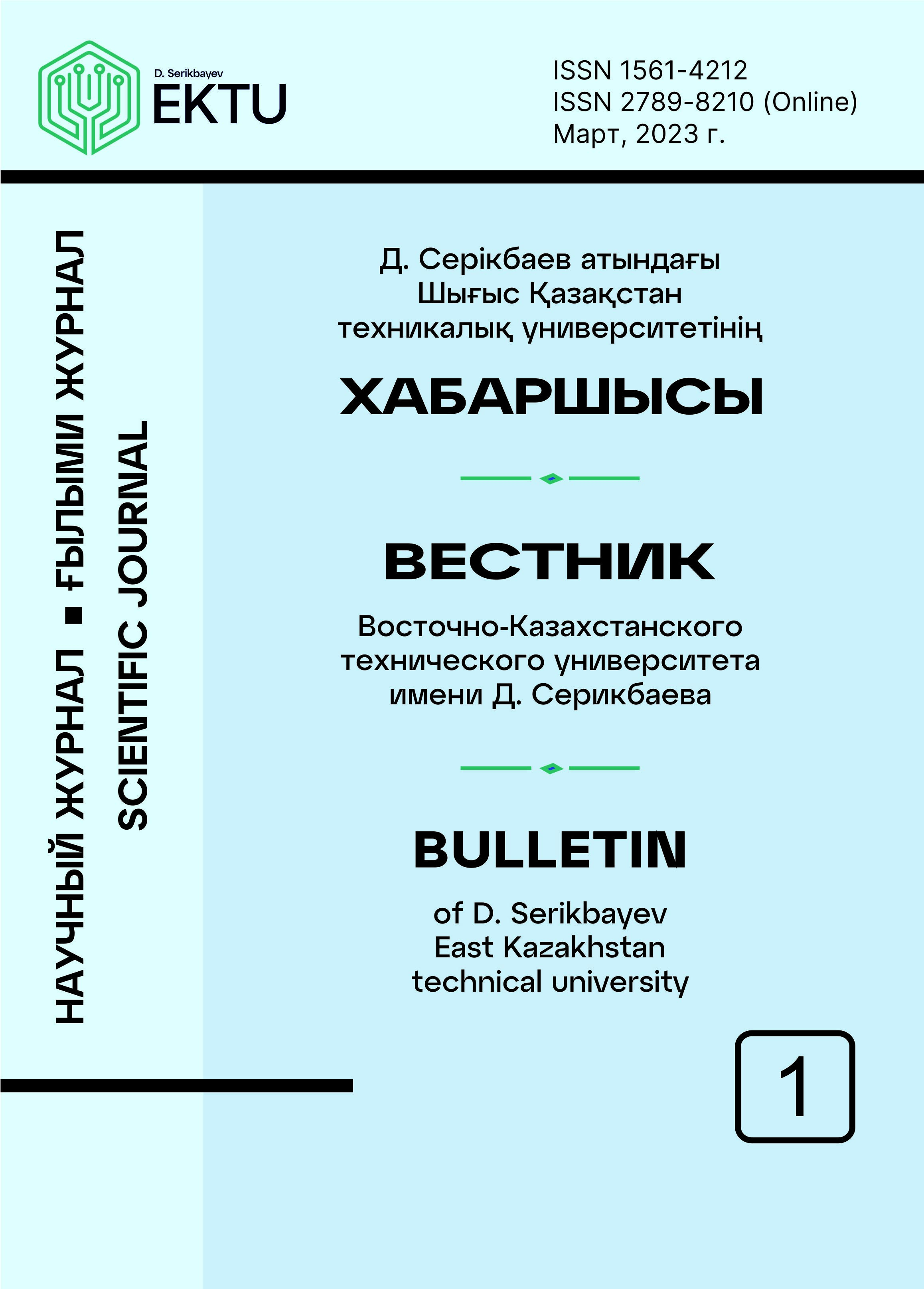EFFICIENCY ASSESSMENT OF COMPLEX MODIFIED ADDITIVE OF CEMENT-SAND MIXTURE FLOWABILITY
Published:
2023-03-31Section:
СтатьиArticle language:
RussianKeywords:
cement-sand mixture, mixture flowability, flowability, water-cement ratio, complex modified additive, water-reduction, post-alcohol bard.Abstract
The article presents the second stage of the results of the study of complex modified additive (CMA) for water-reducing effect and the effect of variable composition of additive components on the mobility of cement-sand mixture. This paper shows the methodology of making samples, selecting the composition of the additive at different percentages of components, and analysis of the results obtained. The purpose of introducing plasticizing additives (post-alcohol bard) in concrete is to reduce water consumption and the expected savings of the necessary workability. Studies are aimed at improving the conditions of the production of concrete works, in particular, to improve the workability of the concrete mixture. In this work, the authors used developed CMA including alkali (caustic soda NaOH), post-alcohol bard (alcohol production wastes), and hardening gas pedal (gypsum) in various percentages. A comparative study of the effect of additives on changes in the flow of the mixture was carried out. The use of additives provides a significant increase in water reduction in the range of 5.35-19.64%. Having analyzed the data, the conclusion can be made that in determining the plasticizing effect of additives on the melting of the standard cone, as shown by the results, the greatest effect was obtained by using a 2.5-7.5% ratio of additives, which leads to a significant increase in the melting of the mixture from 122 to 154 mm. In contrast, increasing the dosage of the additive by 10% resulted in a reduction of the mixture's spray from 112 to 114 mm. Thus, it becomes possible to achieve the required mobility at a lower flow rate of the additive. The addition of an additive gave the best results, as it leads to a significant increase in the flow of the mixture from 110 to 154 mm, compared to the reference composition of 109 mm at w/c ratio = 0.56.
Most read articles by the same author(s)
- Rauan Lukpanov, Denis Tsygulev, Duman Dyussembinov, Aliya Altynbekova, Daniyar Tokanov, Serik Yenkebayev, STUDY OF VARIABLE PROFILE PILE PERFORMANCE USING NUMERICAL MODELING IN PLAXIS 2D SOFTWARE PACKAGE , Вестник ВКТУ: No. 3 (2024): "Вестник ВКТУ им.Д.Серикбаева"
- Aliya Altynbekova, Rauan Lukpanov, Duman Dyussembinov, Denis Tsygulev, Daniyar Tokanov, DEVELOPED MODIFIED ADDITIVE IMPACT EVALUATION ON THE CONCRETE STRENGTH CHARACTERISTICS , Вестник ВКТУ: No. 3 (2023): "Vestnik D. Serikbayev of EKTU"
- Arailym Askerbekova, Жоламан Шашпан, Думан Дюсембинов, Рауан Лукпанов , Алия Алтынбекова, ВЛИЯНИЕ КОМПЛЕКСНОЙ МОДИФИЦИРОВАННОЙ ДОБАВКИ НА КАЧЕСТВО ПРОИЗВОДСТВО ПЕНОБЕТОННЫХ ИЗДЕЛИЙ , Вестник ВКТУ: No. 2 (2024): "Вестник ВКТУ им.Д.Серикбаева"
